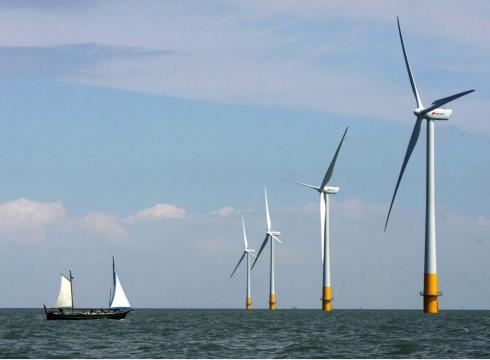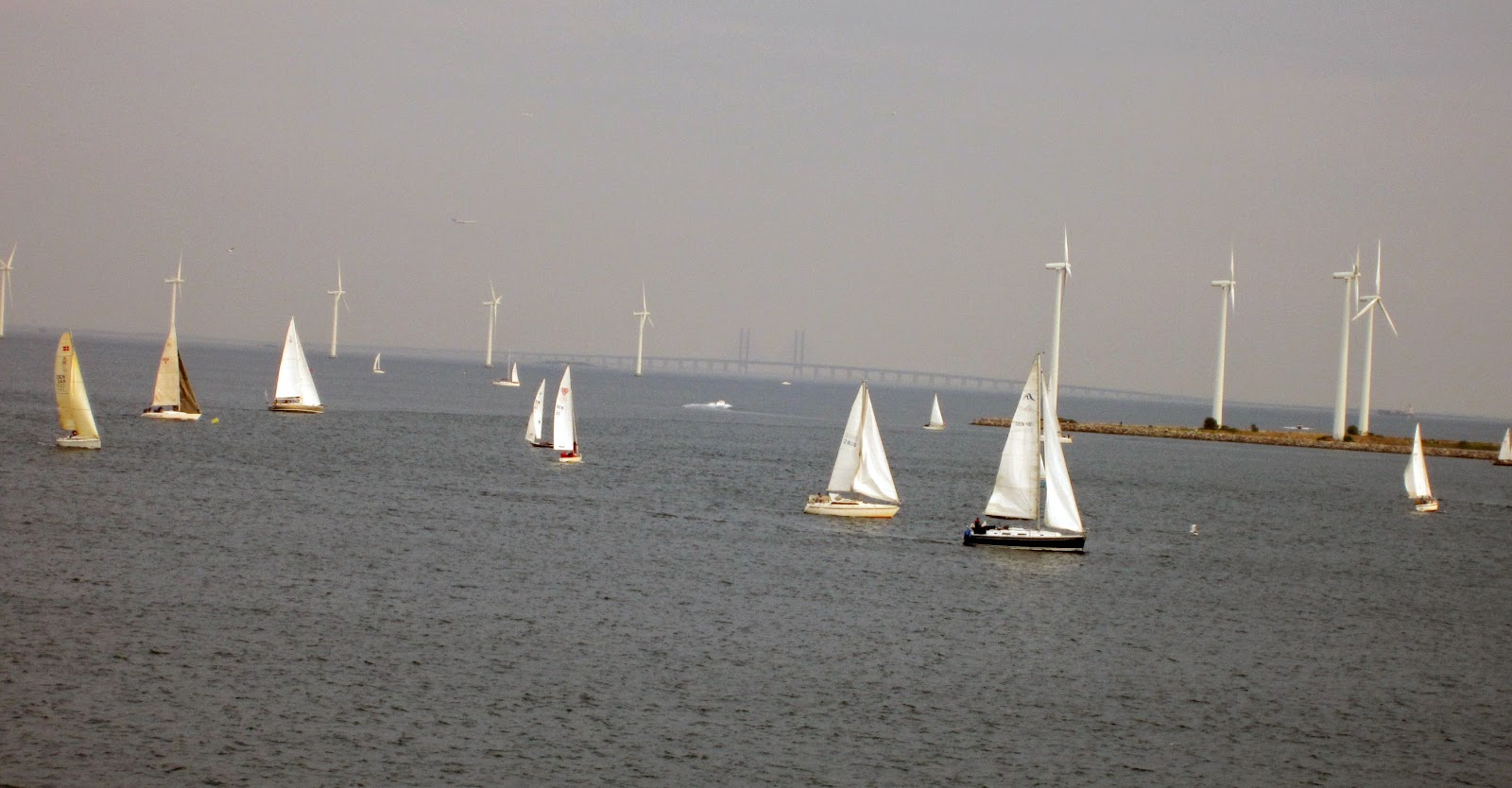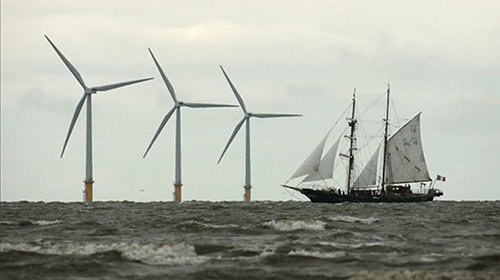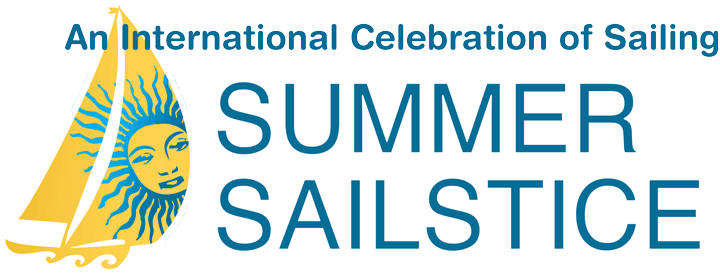
Would you pause a moment to think how, as a sailor, you’re messing around on one of the world’s greatest innovations? Have you thought about how the boat that gives you so many bruises but so much fun was part of the long march of human technological progress? If you’ve never thought about it that way you’ll be happy to know 12 very smart and accomplished American thinkers included the sailboat on a list of the world’s greatest breakthroughs.
The November 2013 issue of ‘The Atlantic’ asked its group of eminent panelists to list the 50 greatest breakthroughs since the wheel and amongst the select list of innovations were the sailboat (40 – ‘transformed travel, warfare, and our view of the world as did the airplane (15)), the sextant (23 – ‘it made a map of the stars’ and on the cover photo) and the compass (17 – ‘oriented us, even at sea’). That puts sailing in pretty impressive company of human innovation that has transformed the modern world. Number one was the printing press, number 2 was electricity and, while any such list can be debated, the caliber of the panelists and the integrity of the process insure clearly valuable judgements.
Above and below the compass were the personal computer (16) and the automobile (18). Above and below the sextant were the green revolution (22) and the telephone (24) and above and below the sailboat was oil drilling (39) and rocketry (41). It also included the Gregorian calendar (34) invented in 1582 which, we’re not sure is good or bad, – before that did they have weekends to go sailing? Or maybe you could sail all the time as there was no work-week? It also includes the mechanized clock which lead to the ability to find our longitude. GPS didn’t even make the list.
Very important also was refrigeration (13) which has kept the beer cold for countless sailors since it was invented in 1850. I’m sure ice cubes weren’t far behind. This brought a new meaning to ‘on the rocks’ which had a much harsher interpretation for sailors before. Sanitation systems (12) seems like a good one though most sailors have spent a fair bit of time cursing them. The pill (20) made aft-cabins a much more enjoyable place to spend time.
Many of the other innovations may also be the cause of the continued popularity of sailing mostly as a means to escape them. The internet (9), the internal combustion engine (7), the personal computer (16), the automobile (18), the telephone (24), the television (45).
Of course, it’s also interesting to note how many sailors are inveterate tinkerers. Sailing is populated by a diverse audience of poets, artists, athletes and adventurers but also a high number of scientists, engineers, pilots and teachers (having the summer off may account for all the teachers). Among the panelists a couple were sailors, one - John Doerr of venture firm Kleiner, Perkins, Caufield and Byer, is a co-owner of the beautiful classic ‘Copperhead’ on San Francisco Bay.
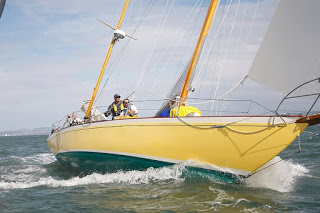
Copperhead
Finally, to end the article author James Fallows asks one of the panelists, technology historian and another sailor George Dyson, what he would hope to see during his lifetime to which he answered immediately, ‘the return of sailing ships as a commercially viable transport system.’ Even in the days of cloth sails and hemp rope, he said, clipper ships could convert 60 percent of the raw energy of the wind into useful work. With modern materilals and design, they could capture more energy than they used en route. “When a fleet of ships got to port, they could not only deliver cargo but even put energy into the grid.” This is how innovators think.
The growth of wind generated electricty likely means more and more modern innovations will be powered just like the original sailing sailing veseels - by the wind. In fact, on the cover of the November issue of The Atlantic was Elon Musk, creator of the Tesla. The modern electric grid is partially powered by a growing number of wind turbines which means even the Tesla is being propelled by the wind.
Sailing has expanded the horizons of the human race, connected continents and cultures, enriched the lives of mankind and, to this day, continues to bring millions under its spell. Summer Sailstice is dedicated to celebrating the full mosaic of the sailing culture. By celebrating sailing Summer Sailstice will help the non-sailing world discover sailing, help connect sailors and connect more people to caring for the oceans and waters upon which they sail. Perhaps too, if Dyson is correct, we’ll see a return to the commercial value of sail as well and more of the world powered by the wind.
More on Tom Perkins, John Doerr and Copperhead.
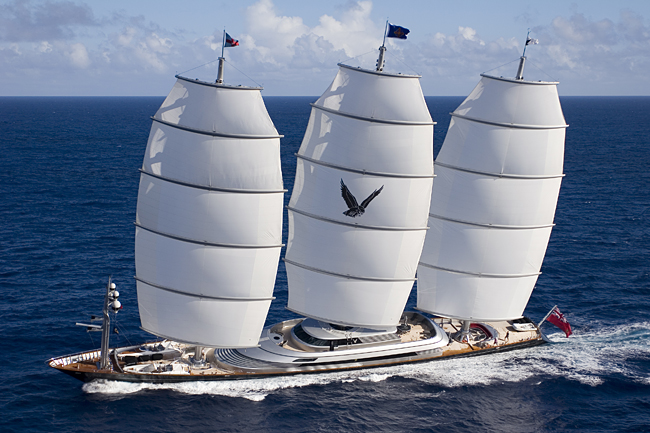
Maltese Falcon, created by Tom Perkins, demonstrates how classic square sails and modern innovation blend. Kites, wingsails, foils and numerous other advances show sailing has much more innovation to come even after 4,000 prior years of development.
Click on the image to watch Johnny Heineken on the foiling kiteboard - the innovation of fun!

Of course the America's Cup amply demonstrated even more innovation in sailing.
AND WE SHOULDN'T FORGET WHAT WINDPOWER HAS TO OFFER THE WORLD TODAY!
